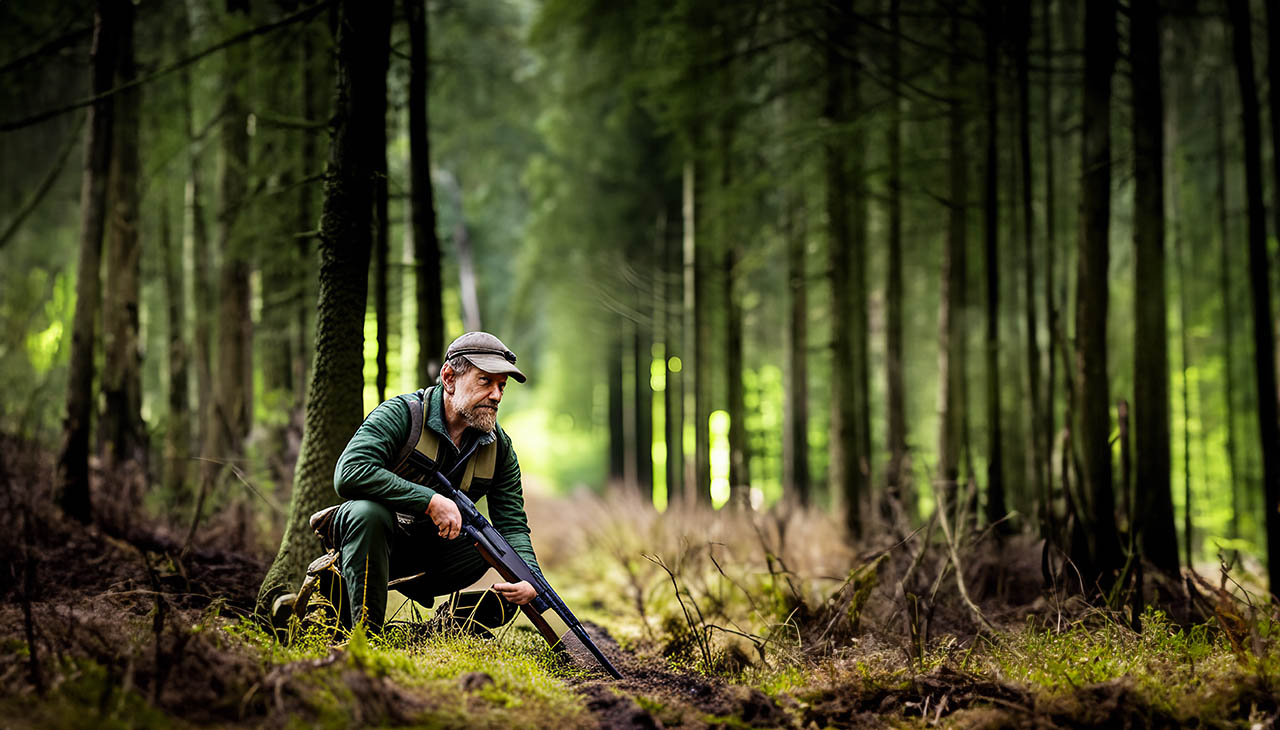
Into the Wild: Exploring the Thrills and Challenges of Hunting
Hunting, a practice as old as humanity itself, thrills with its promise of primal engagement with nature and challenges with its demand for skill, patience, and resilience. Whether you are a seasoned hunter or a novice looking to venture into the wild, understanding hunting beyond its basic concept is crucial. This guide delves into the nuances of hunting, offering insights into its exhilarating highs and unavoidable lows, while also providing tactical advice for those ready to embrace this adventurous pursuit.
The Thrill of the Hunt
The thrill of hunting is multi-faceted and extends far beyond the primal excitement of the chase. It lies in the breaking dawn as you set off into the wilderness, the quiet rustle of an animal in the underbrush, and the steady focus as you line up your shot. It’s the heart-pounding anticipation, the adrenaline that courses through your veins in that moment of truth, and the profound satisfaction of a successful hunt. It’s a complex blend of respect for the wilderness, an appreciation for the quiet and solitude it offers, and the adventurous spirit of human endurance. These experiences come together to create a form of recreation that is as mentally engaging as it is physically demanding.
The Challenges of Hunting
However, hunting is not without its challenges. It requires a deep understanding of animal behaviors and habitats. The unpredictability of wildlife adds to the complexity, as does the necessity of silence and stillness, which can test one’s patience. Additionally, weather conditions, often harsh and unforgiving, add another layer of difficulty. The physical demands of traversing rugged terrains, coupled with the mental strain of tracking and pursuit, make hunting a challenge that requires both physical stamina and mental tenacity. These challenges make the thrill of a successful hunt all the more rewarding, but they also underline the need for preparation and respect for the natural world.
Hunting Techniques and Gear
Hunting entails a diverse range of techniques, each adapted to different environments, species, and situations. From the ancient art of tracking to the modern practice of stand hunting, the choice of a technique often influences the outcome of a hunt. Techniques like stalking involve quietly following the animal’s trail, while others like driving involve scaring the animal towards a waiting hunter.
The right gear is equally crucial for a successful hunt. It includes appropriate clothing that offers camouflage and protection against harsh weather, hunting weapons such as rifles or bows, and accessories like binoculars and range finders. Modern hunting gear has evolved significantly, incorporating technological advancements like GPS for navigation and thermal imaging for spotting games. Nonetheless, regardless of the technique or gear employed, the key to successful hunting lies in respecting animal habitats, ensuring personal safety, and adhering to ethical hunting practices.
Impact on the Environment
Hunting impacts the environment in a myriad of ways, both positive and negative. On one hand, it helps maintain a balanced ecosystem by controlling the overpopulation of certain species, which could otherwise lead to habitat destruction and a decline in biodiversity. Indeed, many areas rely on hunters to keep populations of fast-breeding species like deer in check, preventing them from overgrazing and thus preserving plant diversity.
On the other hand, irresponsible hunting practices can harm the environment, leading to a decline in the population of certain species and disrupting the food chain. Overhunting of predators, for example, can result in an explosion of the prey population, which in turn can lead to overgrazing and habitat degradation.
Furthermore, hunting can also contribute positively to conservation efforts when practiced responsibly. Many hunting licenses and fees go directly towards wildlife management and habitat restoration, providing crucial funds for conservation.
In conclusion, while hunting can have both positive and negative effects on the environment, the key to minimizing harm and maximizing benefit lies in ethical, regulated, and responsible hunting practices. Hunters must adhere strictly to hunting seasons, bag limits, and other regulations designed to ensure the sustainability of wildlife populations.
Conclusion
In the grand scheme of things, hunting is a complex, multifaceted activity that stretches far beyond the simple act of pursuit. It’s a potent blend of thrill, challenge, and reverence for the natural world. It requires physical stamina, mental resilience, a deep understanding of wildlife, and the right gear. As hunters, our actions have significant impacts on the environment, both positive and negative. Hence, the onus lies on us to practice responsible hunting, adhere to rules and regulations, and honor the spirit of fair chase. Through such practices, we can contribute to wildlife conservation and ensure the sustainability of this age-old pursuit for generations to come. Embrace the hunt, but always remember our responsibility towards nature.
